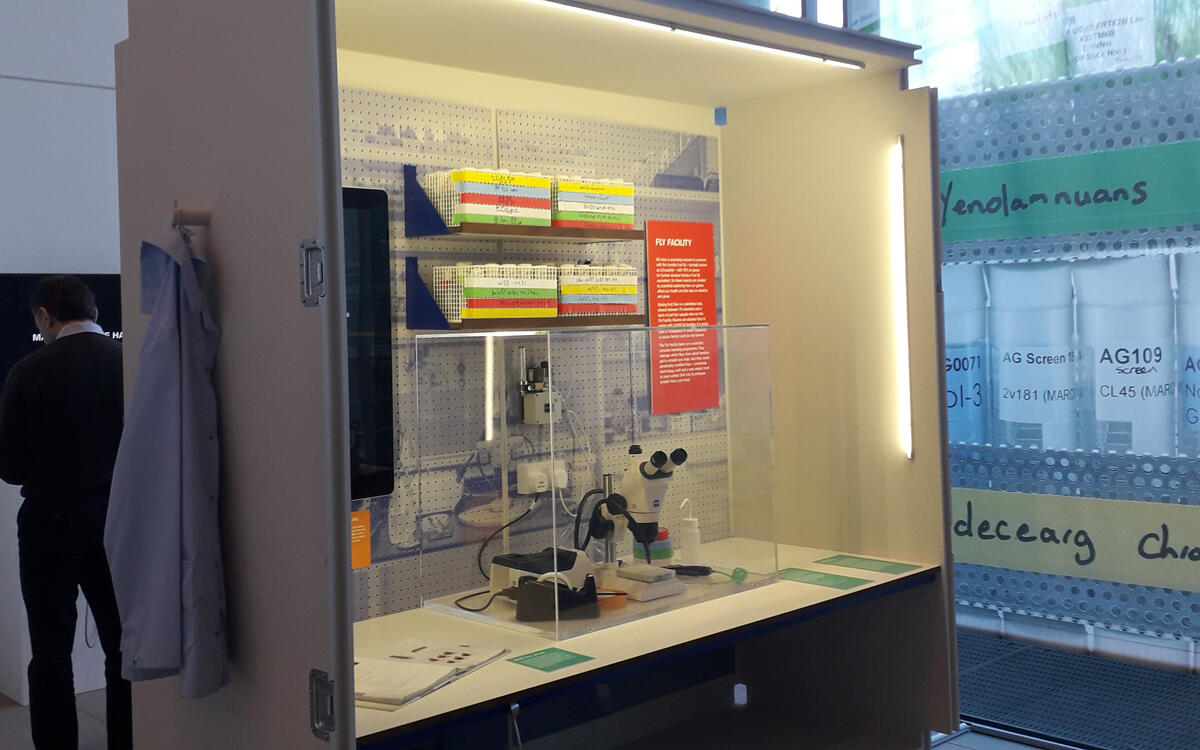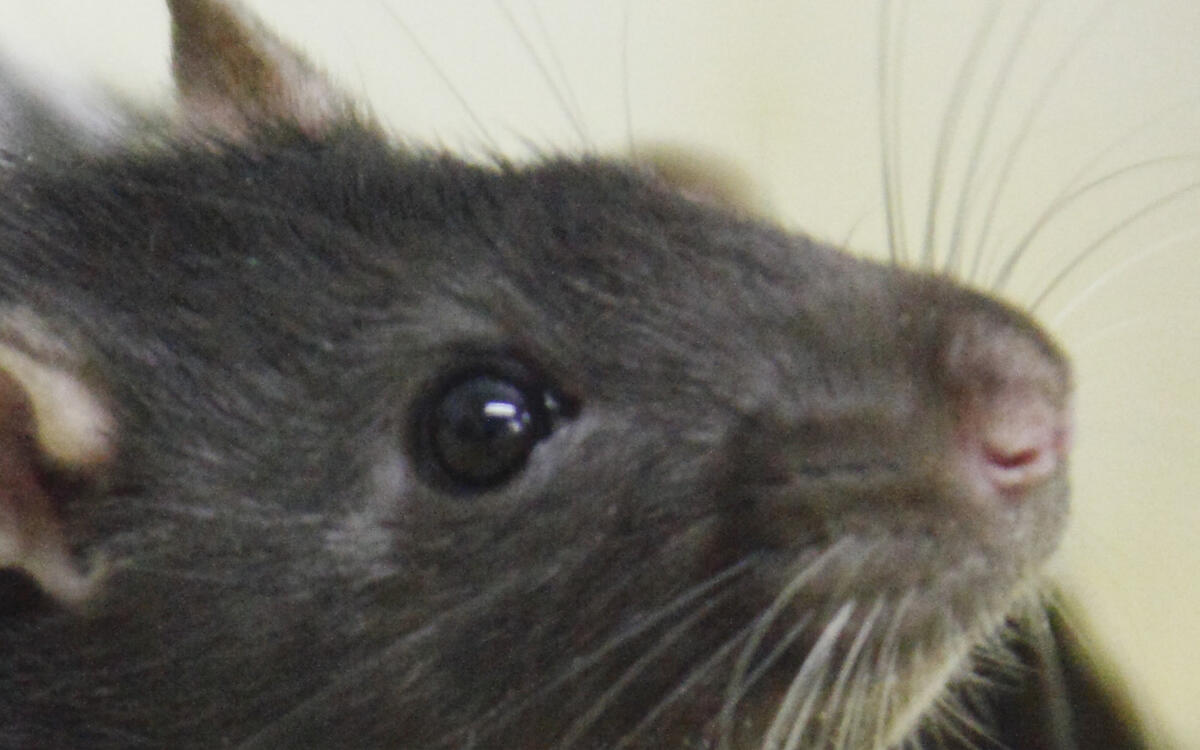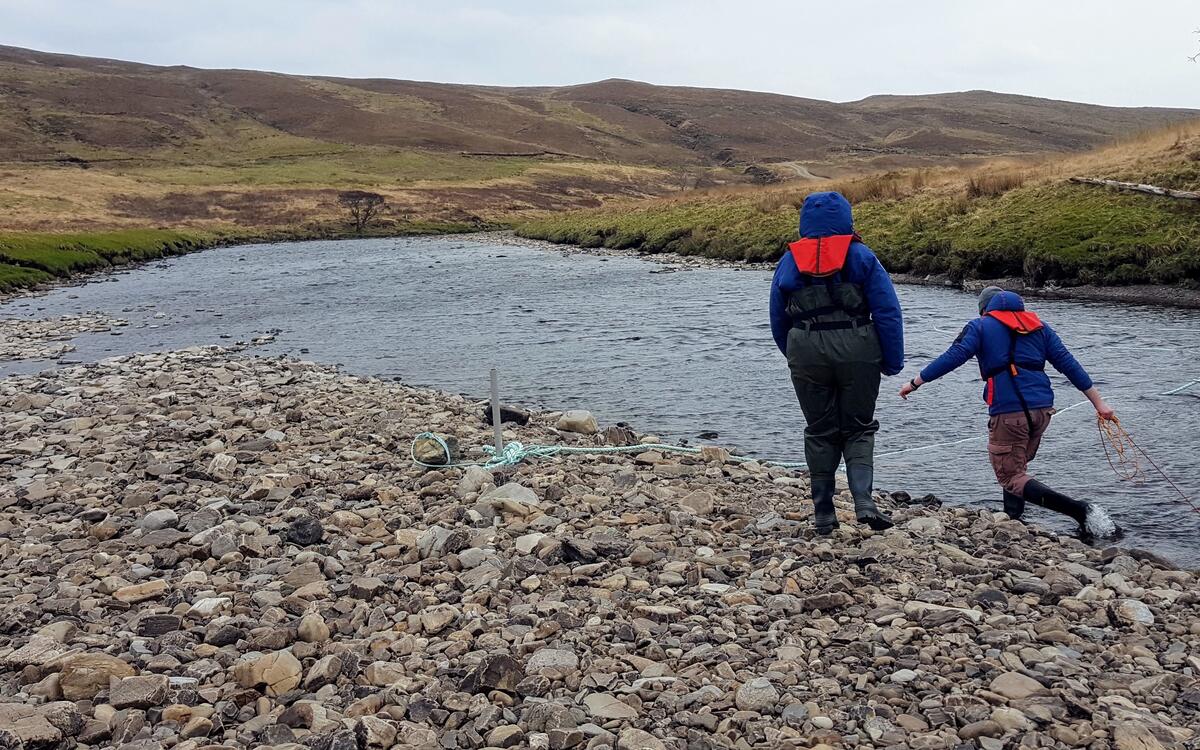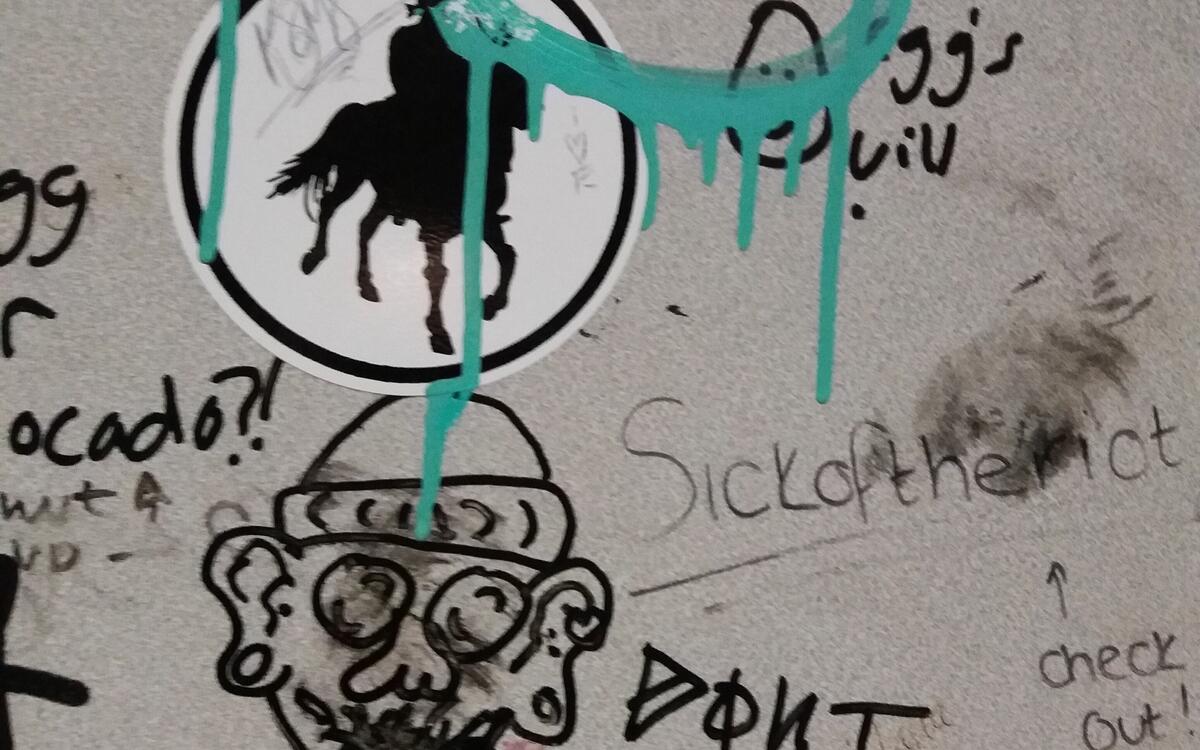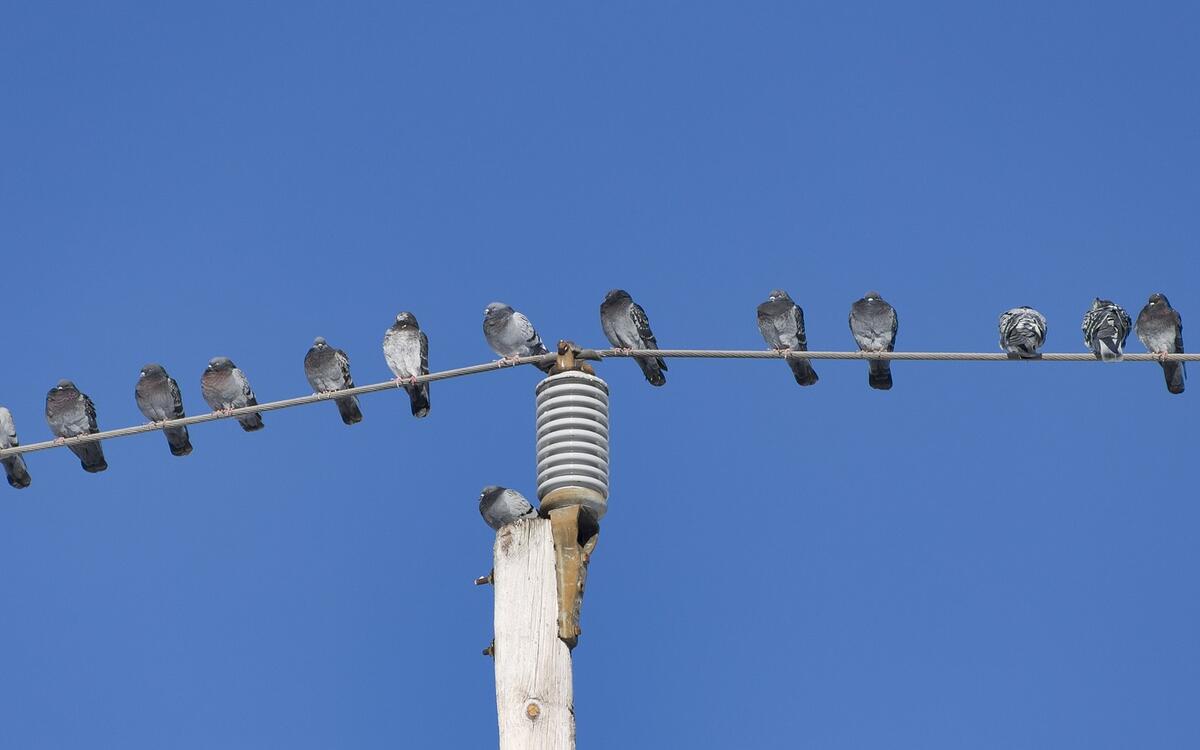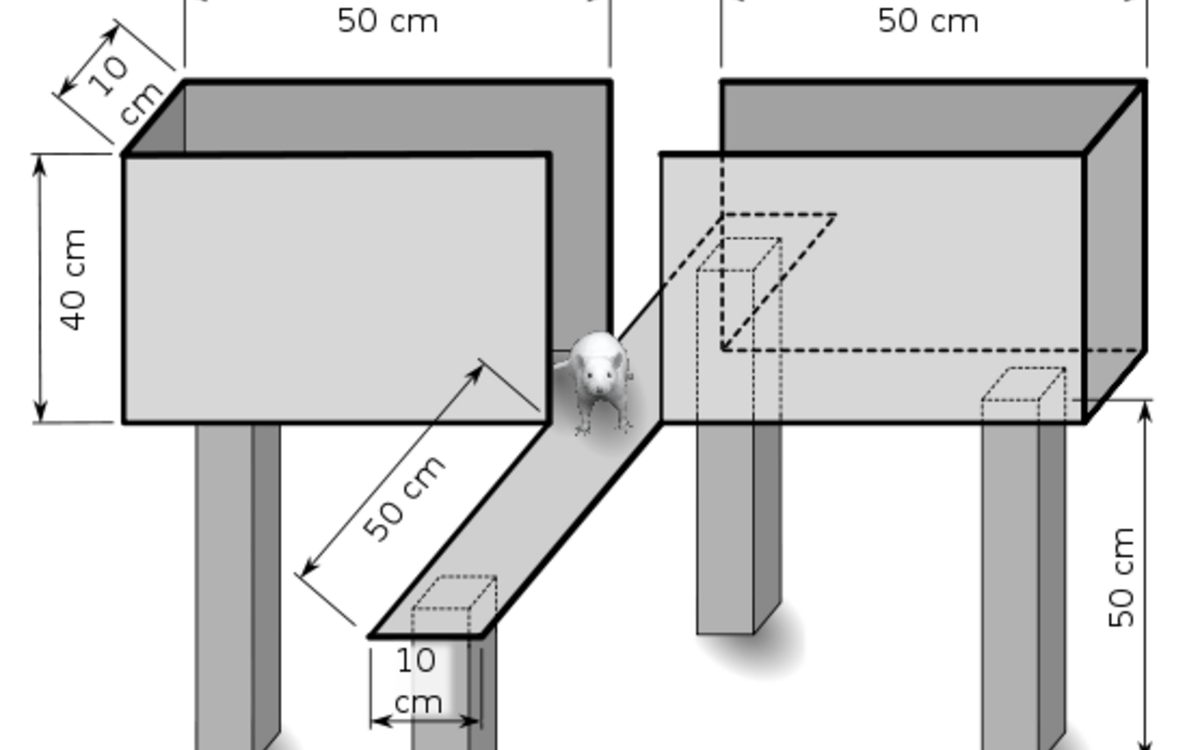I visited the Craft and Graft exhibition at the Crick Institute before its closure in early February. It was an interesting and well thought out exhibition, but here I don't intend to review it. Instead, below I share some thoughts on how technicians’ work is represented in the exhibition, and reflect on what is foregrounded - and what is not - when representing animal care as a form of craft.
Blogs
The Animal Research Nexus team would like to recognise the ongoing work and care of everyone across the biomedical research, animal research, and health and public engagement communities today.
We are posting this statement to let people know we will be pausing all of our face-to-face research activities for the foreseeable future, including meetings, workshops, interviews, patient involvement, and public engagement activities. We will be reviewing this in the summer.
Over 175,000 rats are used in research and testing in the UK every year, with millions more used worldwide. Many of these are housed in cages that do not allow them to stand upright as adults. For example, the current Code of Practice to the UK 1986 Animals (Scientific Procedures) Act stipulates a minimum height of 20cm, but adult rats can rear to 30cm (see above).
As part of a Wellcome Trust Secondment Fellowship with the RSPCA's Research Animals Department Dr Rich Gorman has recently started a new research project as part of the Animal Research Nexus, extending our work on how publics and patients have a voice in animal testing to explore the question of alternatives.
Social scientists and historians have long observed that laboratory and field research are rather different (e.g., Gieryn, 2006; Kohler, 2002). For example, laboratories are seemingly contained and controlled spaces designed for the specific purpose of performing science, whereas ‘fields’ are largely uncontrolled spaces used for numerous different purposes and associated forms of regulation, some of which may overlap or come into conflict with the pursuit of scientific research.
How do publics talk about or reflect on animal research? Can animal research be considered part of everyday life? How can researchers use archives to understand engagement with sensitive topics? These questions and more prompted us to organise a workshop which focused on the Mass Observation Project.
When you build a world you have the luxury (and burden) of designing everything within it. The aim is to create a space that elevates participants to a position of freedom, a freedom to access things that are felt but perhaps not yet thought, or thought but perhaps not yet said. Imaginary worlds help dissolve social conventions and structural inequalities that may prevent participants from interacting with your theme in the “real” world.
On the 21st May, Pru Hobson-West and I dipped our toes into public engagement around animal research at the Nottingham Pint of Science Festival 2019. We gave the third and final session of the night at Rough Trade, a music venue and record shop in the city centre, following previous talks on the refinement of a mouse model of stroke and the science of nutrition.
March 2019 saw the launch of the AnNex newsletter, a (roughly) quarterly offering to keep stakeholders up to date with the project, and we’ve been delighted with the response so far.
We are delighted to feature this guest blog on mice models in animal research from Nicole C. Nelson. Nicole is a professor in the School of Medicine and Public Health at the University of Wisconsin — Madison, and the author of the 2018 book Model Behavior published by The University of Chicago Press
